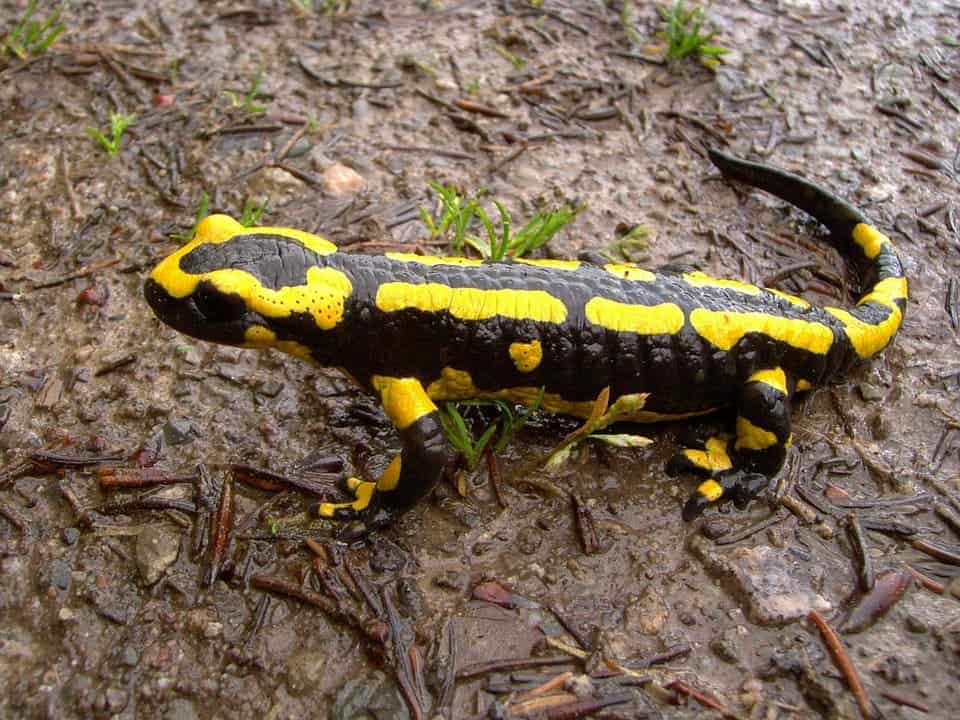Despite not being able to regrow a limb like a salamander, humans have some capacity to restore cartilage in their joints, a study showed. This opens the door to new treatments for joint injuries and diseases like osteoarthritis.

The findings, published in Science Advances, run counter to a widely held belief. Because the cartilage cushioning the joints lacks its own blood supply, the body can’t repair damage from an injury or the wear-and-tear of aging.
And that, in part, is why so many people eventually develop osteoarthritis, where broken-down cartilage causes pain and stiffness in the joints. But that lack of blood supply does not mean there’s no regenerative capacity in the cartilage, according to the study.
“Cartilage in human joints can repair itself through a process similar to that used by creatures such as salamanders and zebrafish to regenerate limbs,” according to Duke Health, which helped lead the research.
Salamanders and other animals with regenerative abilities have a type of molecule called microRNA, which helps regulate joint tissue repair. Humans have microRNA too, but the mechanism for cartilage repair is stronger in some parts of the body, the study found. For example, the microRNA molecules are more active in our ankles, and less active in our knees and hips.
“We were excited to learn that the regulators of regeneration in the salamander limb appear to also be the controllers of joint tissue repair in the human limb,” said Duke professor and researcher Ming-Feng Hsueh. “We call it our ‘inner salamander’ capacity.”
The “age” of cartilage, meaning whether proteins have changed the structure or undergone amino acid conversions, depends on its location in the body, the study found. Cartilage is “young” in the ankles, “middle-aged” in the knees, and “old” in the hips. This correlation lines up with how animals regenerate fastest at the furthest tips of their bodies, like tails or the ends of legs.
For years, scientists have known humans do have some regenerative capabilities — when children’s fingertips are amputated, the tip can regenerate when treated correctly. But it was widely believed that these capabilities were limited and that humans were “unable to counteract cumulative damage” to their joints.
The findings could have huge implications for athletes or people with joint injuries. MicroRNA could be injected into joints or developed into medicines that prevent or reverse arthritis, the study said. In the more distant future, it could even “establish a basis for human limb regeneration.”
The next step is to figure out what regulators humans lack that salamanders have — and then see if it’s possible to “add the missing components back,” said Duke professor Virginia Byers Kraus, one of the lead authors of the study. Once those missing components are identified, they could be combined with microRNA to create a “molecular cocktail” aimed at regenerating entire limbs.
“We believe that an understanding of this ‘salamander-like’ regenerative capacity in humans, and the critically missing components of this regulatory circuit, could provide the foundation for new approaches to repair joint tissues and possibly whole human limbs,” Kraus said.









